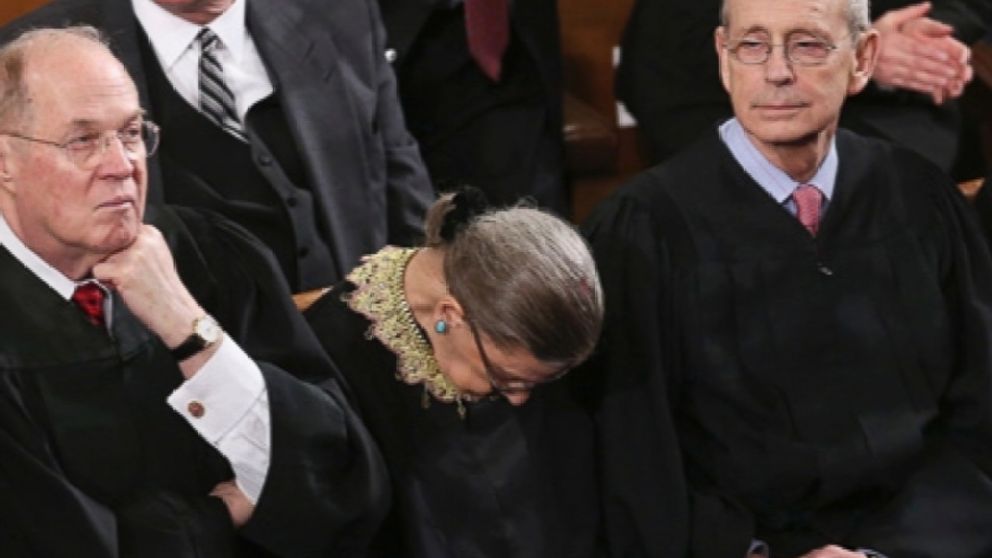 |
| Bill Chizek/iStock/Getty Images Plus |
Choosing not to fill a vacancy would be a historically unprecedented act of unilateral disarmament.
If a Supreme Court vacancy opens up between now and the end of the year, Republicans should fill it. Given the vital importance of the Court to rank-and-file Republican voters and grassroots activists, particularly in the five-decade-long quest to overturn Roe v. Wade, it would be political suicide for Republicans to refrain from filling a vacancy unless some law or important traditional norm was against them. There is no such law and no such norm; those are all on their side. Choosing not to fill a vacancy would be a historically unprecedented act of unilateral disarmament. It has never happened once in all of American history. There is no chance that the Democrats, in the same position, would ever reciprocate, as their own history illustrates.
For now, all this remains hypothetical. Neither Ruth Bader Ginsburg nor any of her colleagues intend to go anywhere. But with the 87-year-old Ginsburg fighting a recurrence of cancer and repeatedly in and out of hospitals, we are starting to see the Washington press corps and senators openly discussing what would happen if she dies or is unable to continue serving on the Court. Democrats are issuing threats, and some Republicans are already balking.
They shouldn’t.
History supports Republicans filling the seat. Doing so would not be in any way inconsistent with Senate Republicans’ holding open the seat vacated by Justice Antonin Scalia in 2016. The reason is simple, and was explained by Mitch McConnell at the time. Historically, throughout American history, when their party controls the Senate, presidents get to fill Supreme Court vacancies at any time — even in a presidential election year, even in a lame-duck session after the election, even after defeat. Historically, when the opposite party controls the Senate, the Senate gets to block Supreme Court nominees sent up in a presidential election year, and hold the seat open for the winner. Both of those precedents are settled by experience as old as the republic. Republicans should not create a brand-new precedent to deviate from them.
Power, Norms, and Election-Year Nominations
There are two types of rules in Washington: laws that allocate power, and norms that reflect how power has traditionally, historically been used. Laws that allocate power are paramount, and particularly dangerous to violate, but there is no such law at issue here. A president can always make a nomination for a Supreme Court vacancy, no matter how late in his term or how many times he has been turned down; the only thing in his way is the Senate.

Twenty-nine times in American history there has been an open Supreme Court vacancy in a presidential election year, or in a lame-duck session before the next presidential inauguration. (This counts vacancies created by new seats on the Court, but not vacancies for which there was a nomination already pending when the year began, such as happened in 1835–36 and 1987–88.) The president made a nomination in all twenty-nine cases. George Washington did it three times. John Adams did it. Thomas Jefferson did it. Abraham Lincoln did it. Ulysses S. Grant did it. Franklin D. Roosevelt did it. Dwight Eisenhower did it. Barack Obama, of course, did it. Twenty-two of the 44 men to hold the office faced this situation, and all twenty-two made the decision to send up a nomination, whether or not they had the votes in the Senate.Read the rest from Dan McLaughlin HERE.
If you like what you see, please "Like" us on Facebook either here or here. Please follow us on Twitter here.

No comments:
Post a Comment